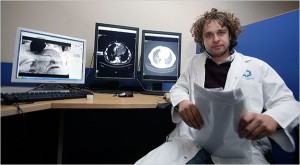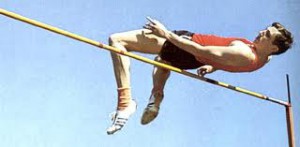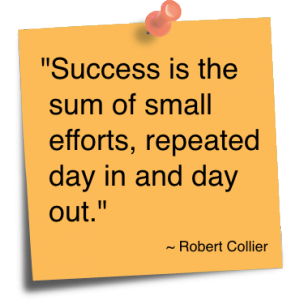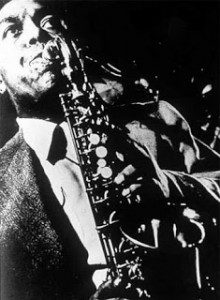Connect with Purpose, and Connect with Results
Here is a brief excerpt from OutThink on the power of integrating the human factor in our work. Enjoy!

Yet despite these advances, error rates often remain statistically significant and frustratingly high depending on the type of reading performed – bone density, chest radiographs, mammograms, gastrointestinal, and beyond. According to Imaging Economics, the reading error rate can vary from 2% to as high as 20%, depending on the scan, the clinician, the environment, and even the time of day. And up to eighty percent of the errors are perceptual errors. That is, the information was present and shown on the film or scan, but not identified and seen by the radiologist.
Yehonatan Turner, M.D., was a radiology resident at Shaare Zedek Medical Center in Jerusalem in 2008 when he decided to experiment with humanizing the process of reading radiology scans, to learn what affect it might have on the quality of the reading and the error rate of the clinicians. He and his colleagues performed an experiment in which they asked 267 patients for their permission to be photographed before their CT scans. A Computed Tomography scan is a more detailed X-Ray exam that focuses on a specific part of the body and yields a more detailed image of what’s inside the body.
Those 267 patient photos were submitted within a total of 1,137 CT examinations and would automatically be presented to the radiologist when evaluating the scan. Seventeen radiologists performed the readings and the results were quite surprising:
• 80% of incidental findings were not reported when the photo was omitted with the scan
• Radiologists reported a greater sense of empathy and care when evaluating the scan
• Duration of scan evaluation did not increase
Anecdotal comments included, “The patient photograph prompted me to relate in more detail to the CT” and “It enabled me to feel more of a physician.”
In other words, accuracy went up, empathy went up, sense of connection with the patient went up, and there was no additional time required. Remember the end result – the purpose – and your impact will soar.



 It was odd. Unnerving. And a little disorienting too. After we took off from Hong Kong to the States, the mapping tool in the airplane that shows where we are in the world wasn’t tracking. The little airplane icon kept showing we were still on the runway in Hong Kong. Which was impossible since we had been in the air for some time.
It was odd. Unnerving. And a little disorienting too. After we took off from Hong Kong to the States, the mapping tool in the airplane that shows where we are in the world wasn’t tracking. The little airplane icon kept showing we were still on the runway in Hong Kong. Which was impossible since we had been in the air for some time. In 1968 Dick Fosbury astonished the world at the Mexico City Olympic Games by clearing 7′ 4″ 1/4 inches in the high jump. His efforts before 80,000 people were an aberration – an anomaly in track and field events. Dick was a gangly 6’3″ athlete who hadn’t excelled at any event in track and field at his Medford, OR high school and he unveiled a maneuver to set a world record. More remarkably, his competitors failed to recognize and adopt his innovative style and lost – not only on that occasion, but for years to come because they couldn’t acknowledge the power of his innovation.
In 1968 Dick Fosbury astonished the world at the Mexico City Olympic Games by clearing 7′ 4″ 1/4 inches in the high jump. His efforts before 80,000 people were an aberration – an anomaly in track and field events. Dick was a gangly 6’3″ athlete who hadn’t excelled at any event in track and field at his Medford, OR high school and he unveiled a maneuver to set a world record. More remarkably, his competitors failed to recognize and adopt his innovative style and lost – not only on that occasion, but for years to come because they couldn’t acknowledge the power of his innovation.
 “Annie, Fynn sees through your eyes.”
“Annie, Fynn sees through your eyes.”
 Woodshedding is an old jazz expression – it means to go deep in isolation to build your chops, get your groove on, master your instrument. As the legend goes, in 1937, when he was only 17 years old, young Charlie Parker – before he became the great “Bird” Parker – would go down to the High Hat Club, also known as “the cutting room” to play with the great session musicians of the day.
Woodshedding is an old jazz expression – it means to go deep in isolation to build your chops, get your groove on, master your instrument. As the legend goes, in 1937, when he was only 17 years old, young Charlie Parker – before he became the great “Bird” Parker – would go down to the High Hat Club, also known as “the cutting room” to play with the great session musicians of the day. I was listening to a podcast yesterday of Adam Grant talking about his new book
I was listening to a podcast yesterday of Adam Grant talking about his new book